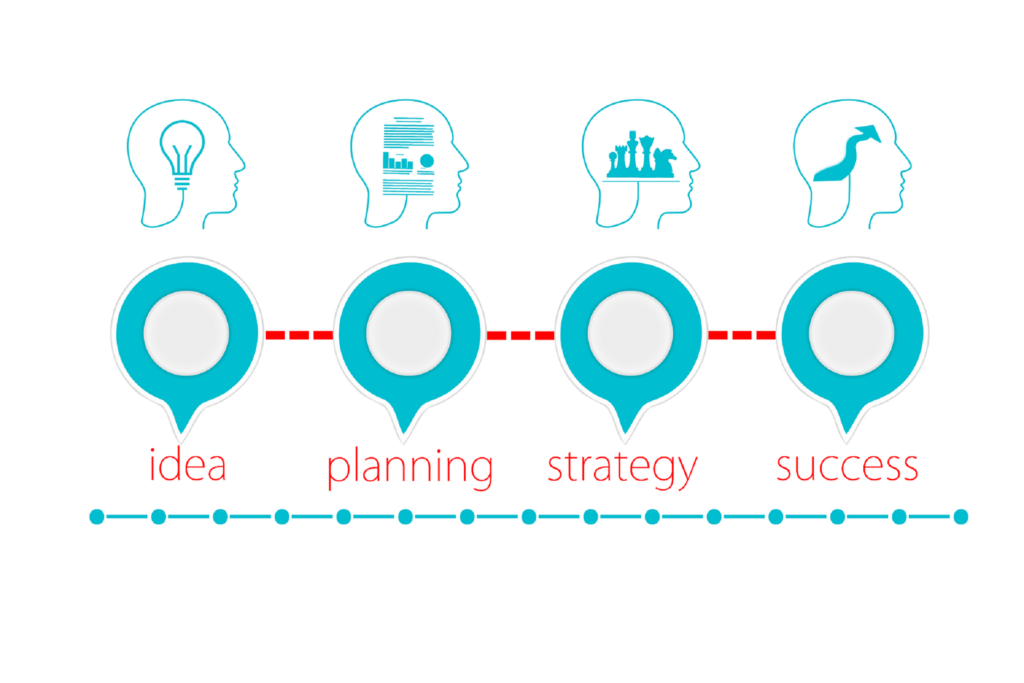You surely must have run into the term “product-led growth” if you are someone who has been selling B2B SaaS products. What does it mean? Let’s walk you through the concept, the best strategies for product-led growth, and some inspiring examples. Read on!
What do you mean by product-led growth?
Product-led growth implies that your business grows and thrives without needing to invest much in paid advertising or push your sales professionals to constantly call leads. It focuses on delighting customers who continue to promote your business and become huge fans of yours. Companies who adopt product-led growth strategies accomplish everything to make their product the best and most ergonomic midst the crowd. Thus, such organizations are 100% centered around their customers. As Kelly O’Connel, Director of CXA Innovation and Product Strategy, points out, “Your product becomes the core driver of acquisition, expansion, and retention.”
This urges us to familiarize ourselves with the best strategies that work here.
Tips for creating a robust product-led growth strategy
Well, take the blue pill first. Product-led growth is not easy. Yes, it can take many months before you finally see any tangible and great results. Furthermore, you must remember that it also takes the appropriate steps for a company to succeed through product-led growth. Here we have it all covered for you!
1. Know your customer:
Start by understanding your customers’ expectations. And to do that, you must conduct product research and anticipate their needs closely. The more intimately you navigate their needs, the better and higher are your chances of satisfying them.
2. Offer value before the paywall:
In many cases, a customer’s decision to purchase is defined by the value you offer. Thus, as soon as you have pinpointed customers’ needs, you must strive to display your credibility by displaying that value in your product. Offer what you have promised them.
3. Minimal frictions help:
Often, certain frictions that you may bypass, considering them small, can discourage users from buying your products. Thus, this behavior is bound to limit your product usage as well. Some common product frictions might be a complex sign-up process, strict restrictions, etc.
4. Convey perceived worth to the user:
Convey the entire product value to the user, including the finance-related component. Make sure you clarify the pricing. Pricing ambiguity is a potential product use friction that may shoo the users away. They must be able to grasp the perceived value and familiarize themselves with the process directly.
5. Perceived value is equal to experienced value:
Ensure that the perceived value of your product and its experienced value is consistent.
6. Consider the product USPs from users’ perspective:
Prioritize and focus on the product features that will greatly impact your users instead of those that facilitate improving your market stats. While keeping this in mind, create your OKRs and KPIs.
7. Simplify the sign-up process:
Having a complicated sign-up process is one thing you must avoid. If you want people to use your product, and help you grow, then make this process as easy as possible.
8. Value the priority:
This tip is particularly important if your product is some app that users can delete or forget about with a few scrolls and clicks. You must collaborate with developers to prioritize the task of making a product that makes the customer fall hard and fast with the product you are offering.
Read More: SalesTechStar Interview with Justin Long, Executive Vice President of Operations at Paycom
Brands Who Boast Success From Product-led Growth Strategy
There are many product-led growth success stories out there that can inspire you. Let’s walk you through some examples of companies that have hit the nail with PLG fundamentals:
1. Product board:
A product that efficiently addresses an issue is valued and discussed more among folks. A product board is a system that assists in delivering transparency to the product management process f a company. It supports managers in amassing, processing, and analyzing user insights, developing a flexible roadmap, and developing a strong product strategy.
2. Calendly:
Calendly was created to address one of the sorest points of the corporate domain: scheduling meets so that they do not clash with one another. It does so by encouraging collaborative work while also facilitating product promotion.
3. Slack:
One of our top three examples is Slack which focuses on collaborations within an organization. For most companies, Slack is an incredible tool that helps in networking. It delivers ease in reaching everyone, and developing an intra-office digital network triggers several companies to push their employees to take up Slack.
Read More: Zingtree Teams up with AVANT to Deliver Enhanced Contact Center Operations to its Global Partners
A product-led growth strategy is about changing your perspective on the product and its relationship with the customers and concentrating all your zip and verve on bolstering this relationship.






















